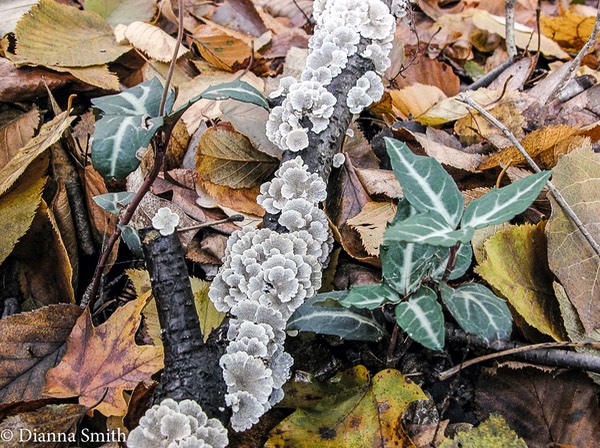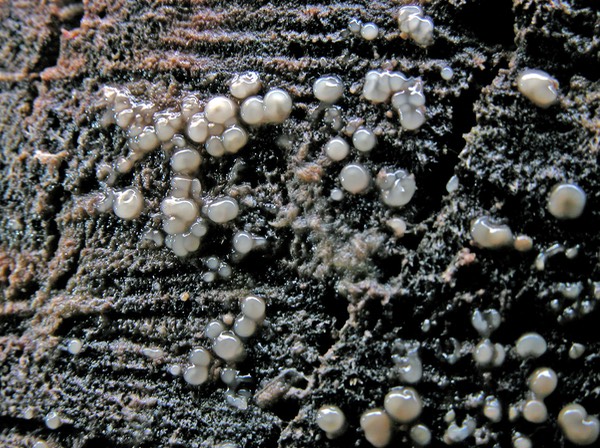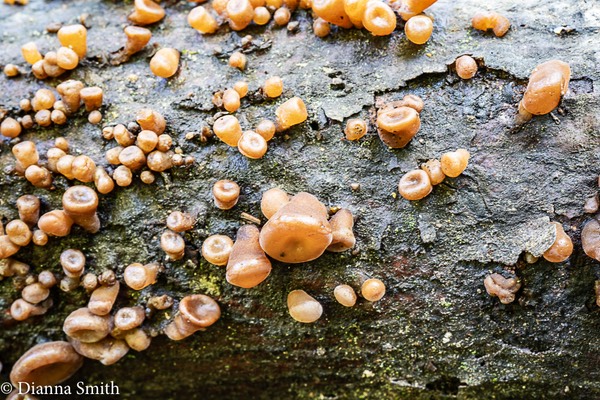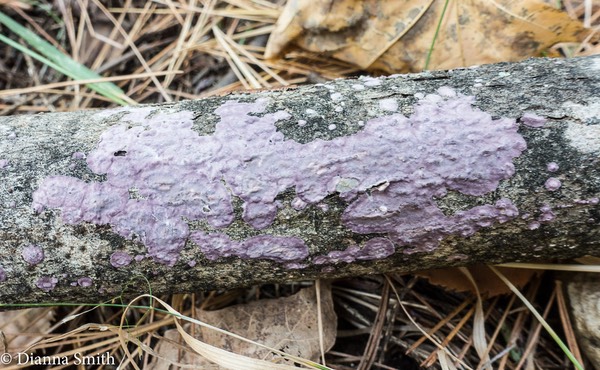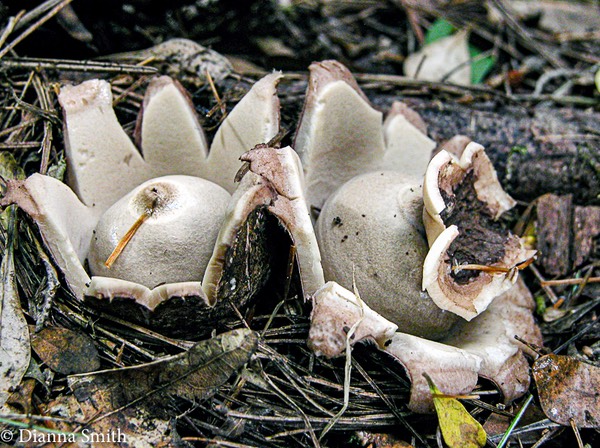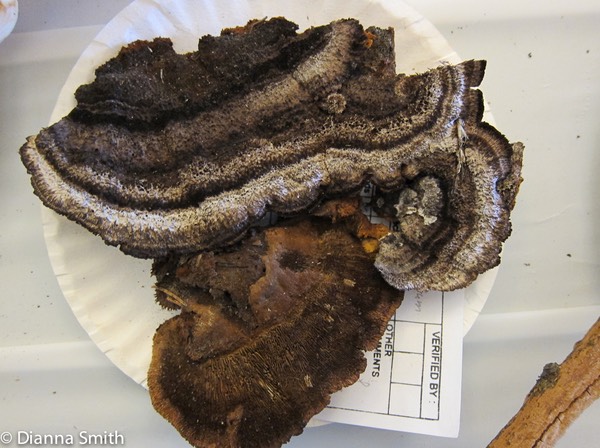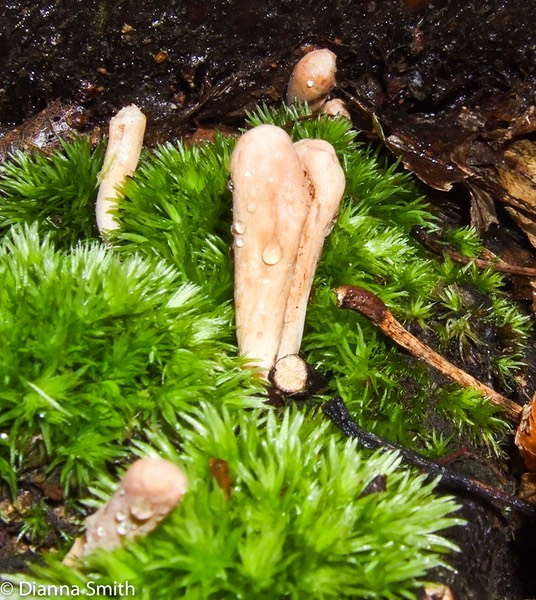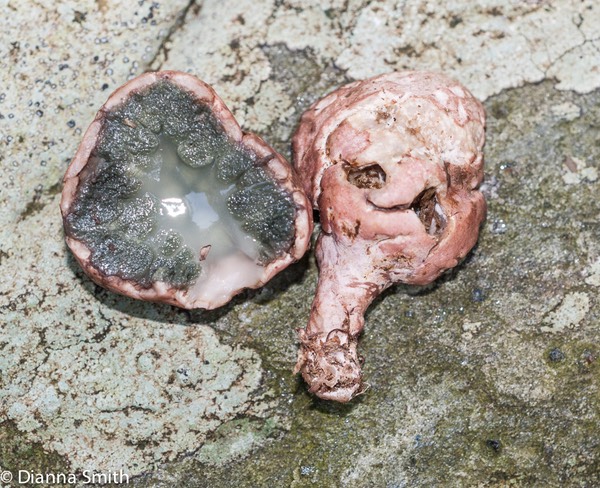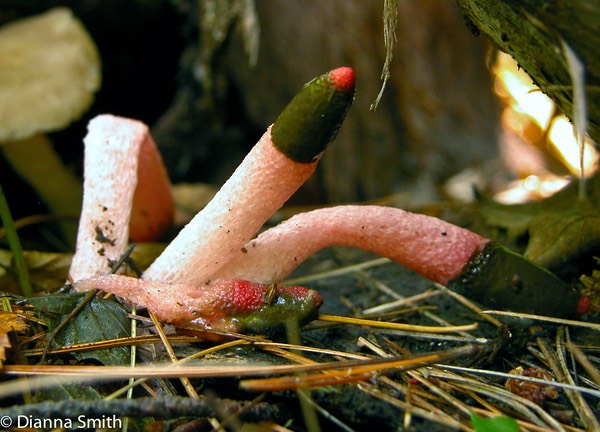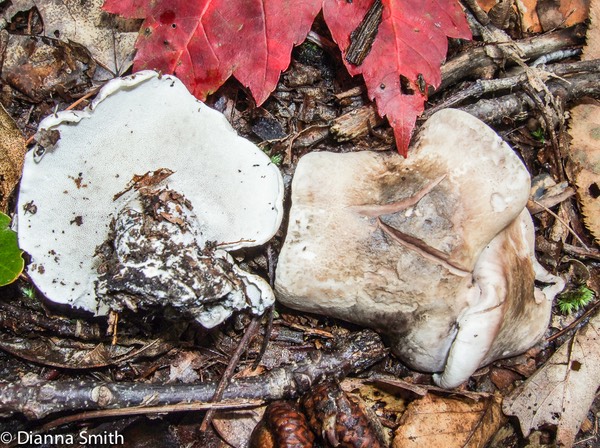Species of fungi within the basidiomycota have reproductive spores that are enclosed within club-shaped sacs called basidia. Each basidium typically has four spores (There are exceptions). Tiny projections on the end of each basidium are called sterigmata. As spores mature they are ejected from the sterigmata and are wafted away in air currents.
The largest order in the Basidiomycota is the Agaricales. Other orders within the basidiomycota include the following: Amylocorticiales; Auriculariales; Boletales; Cantharellales, Corticiales; Dacrymycetales; Gloeophallales; Geastrales; Gomphales; Hymenochaetales; Hysterangiales; Phallales; Polyporales; Russulales; Sebacinales; Thelephorales; Threchisporales; and the Ustiliaginales.
Most cap and stem fungi with gills are often called ‘Agarics'. Such fungi as well as gilled fungi with short or no stems are in the AGARICALES order. There are also diverse other fungal shapes within this order such as puffballs, birds’ nest fungi, coral-like fungi, club fungi, ‘polypores' in the Agaricales order. Some of the main families represented in the Agaricales order are: Agaricaceae; Amanitaceae, Bolbitiaceae; Clavariaceae; Cortinaceae; Crepidotaceae; Cephellaceae; Entolomataceae; Fistulinaceae; Hydnangiacae; Hygrophoraceae; Hymenogastraceae; Inocybaceae; Lyophyllaceae; Marasmiasmiae; Mycenaceae; Omphalotaceae; Pysalarcriaceae; Pleurotaceae; Plutaceae; Psathyrellaceae; Schizophyllaceae; Strophariaceae; Tricholomataceae; Tubariaceae and the Typhulaceae.
Scientific binomials are used to name each included fungus. While this may be off-putting to beginners, it is important to realize that most fungi do not have common names. Those that do offer differ from location to location, so we prefer to stick with the proper scientific binomials. To make it easier for you to find a particular fungus, they will be arranged alphabetically in accordance with their general shapes. Each fungus will have information included in its description about its family and order.
BOLETE-LIKE; CANTHARELLOID (vase-like); CLUBS, CORALS & CAULIFOWERS; GASTEROID FUNGI (spores enclosed); JELLY-LIKE; GILLED MUSHROOMS with pale spores; GILLED with dark spores; LACTARIUS, LACTIFLUUS & RUSSULAS; POLYPORES; and TOOTHED FUNGI.
Although not nearly as numerous as fungi in the Ascomycota, most members of the Basidiomycota are macro-fungi and are generally more visible representatives of the fungal kingdom in the eyes of fungi explorers.
With Basidiomycetes spores are produced and held within projecting club-like cells call sterigmata. In most cases, each basidium consists of 4 sterigmata projections and four spores (again, there are exceptions to this statement).

